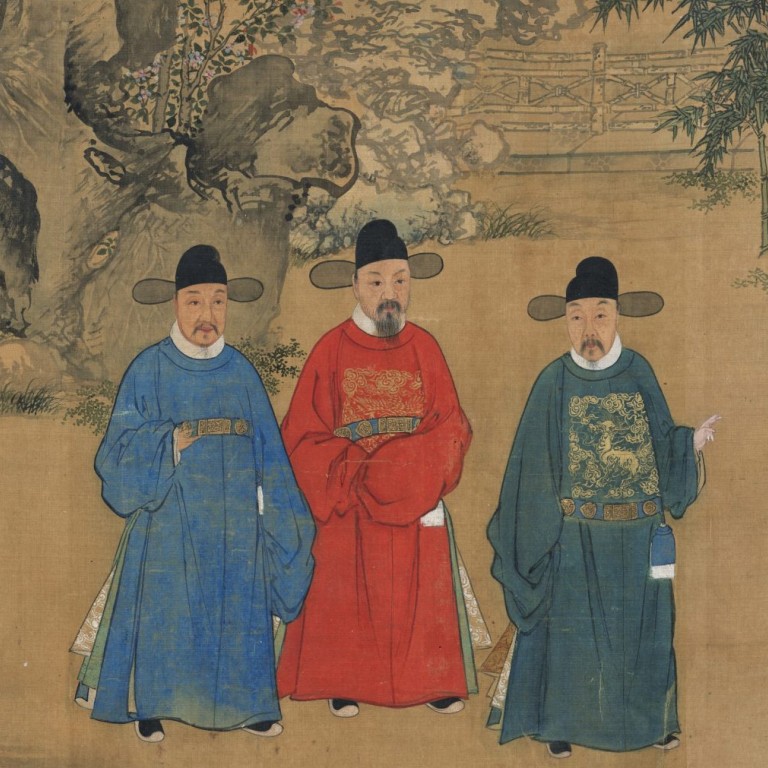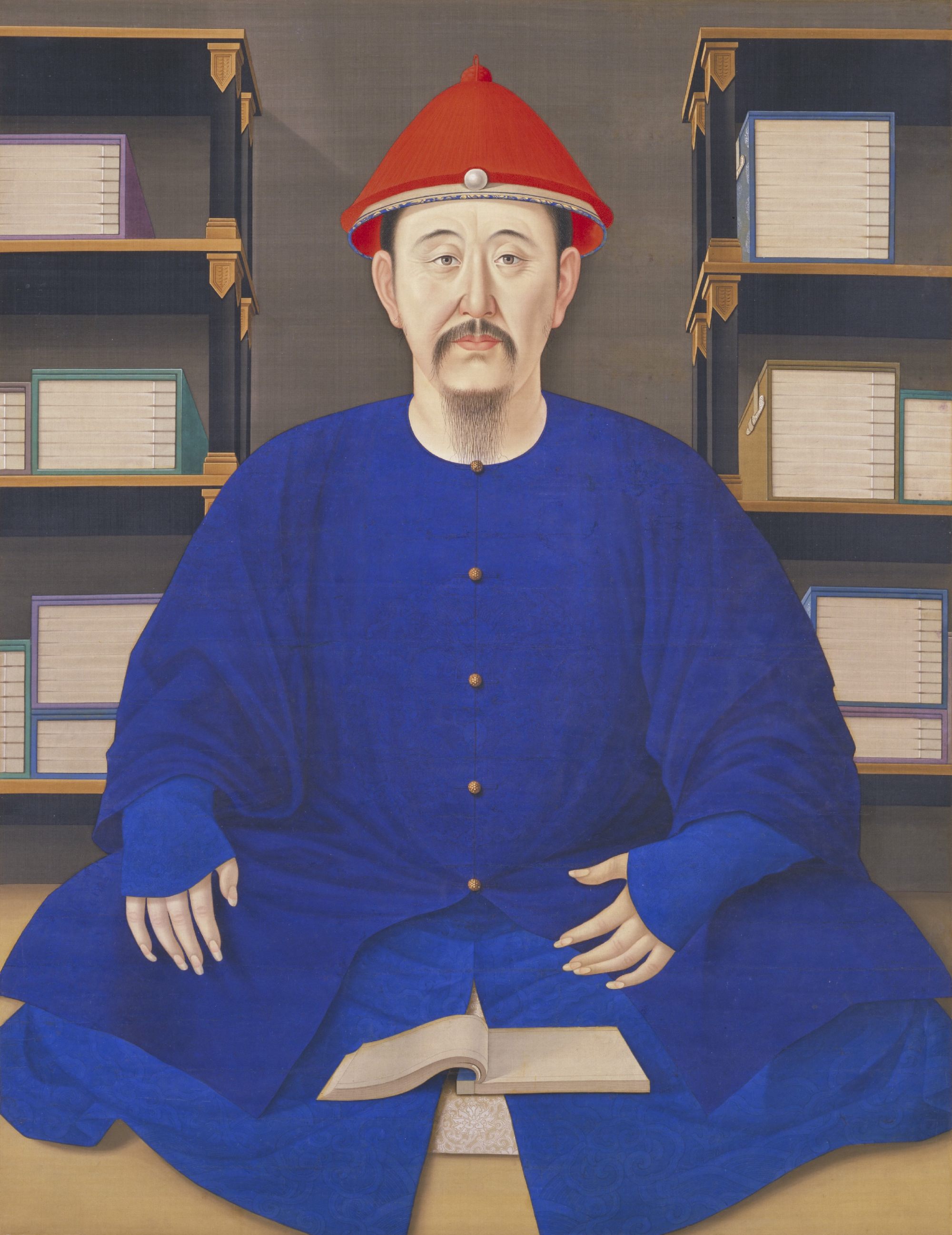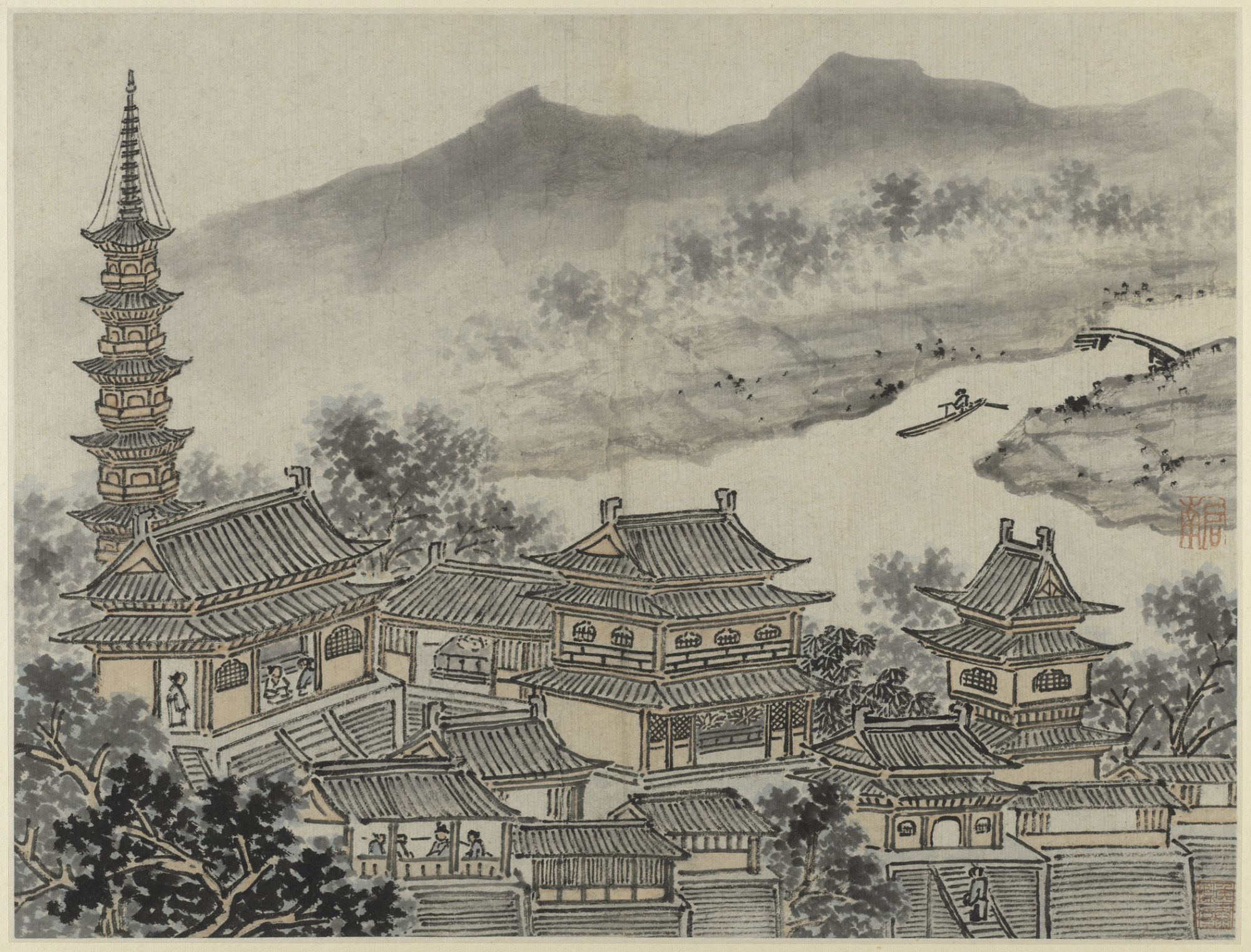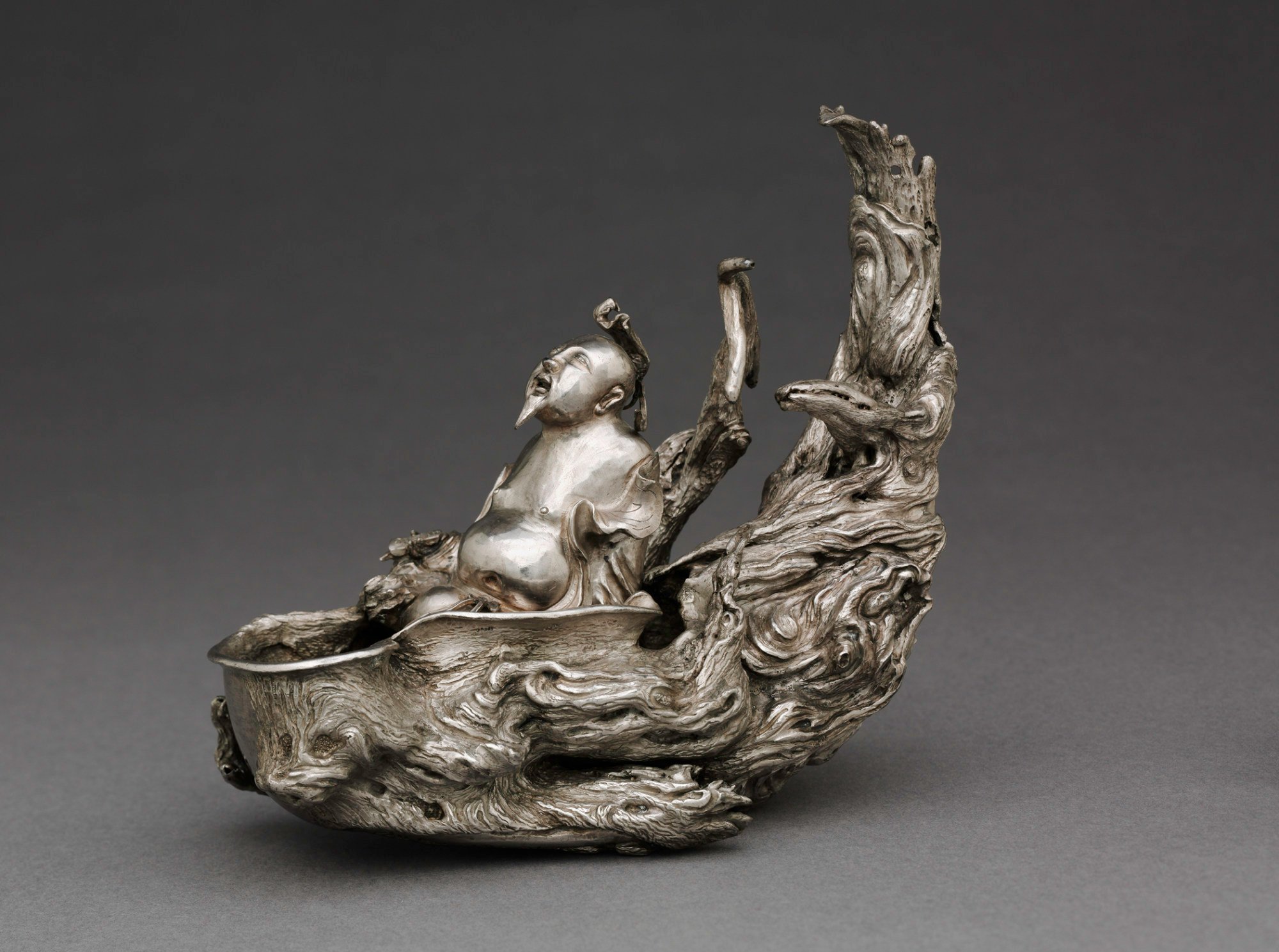
US museum’s major ancient China show featuring artefacts loaned from Chinese museums exemplifies cultural exchange amid countries’ ‘tense’ relations
- Cleveland Museum of Art’s upcoming exhibition, ‘China’s Southern Paradise: Treasures from the Lower Yangzi Delta’, will tell the story of the Jiangnan region
- Featuring art borrowed from Chinese museums, including a portrait of an emperor and old scrolls, it is among the first collaborations of its kind after Covid
Six major Chinese museums are among the international collaborators of a new exhibition at the Cleveland Museum of Art (CMA), a reminder that active cultural exchanges between China and America can continue despite continuing political tensions.
“Right now, it is very important to work with China in a time of tense relationship. And culture offers the possibility to connect, to collaborate and communicate,” says Clarissa von Spee, the curator behind “China’s Southern Paradise: Treasures from the Lower Yangzi Delta”, which opens at the 110-year-old museum in Ohio, in the United States, on September 10.
There are around 200 items in the show, with a third selected from the Cleveland museum’s own collection as well as loans from a total of 30 private collections and institutions.
It tells the story of how the region – known as Jiangnan in Chinese – came to be an economic, political and cultural powerhouse, says von Spee, the chair of Asian art and curator of Chinese art of CMA, one of America’s wealthiest museums.

Von Spee, a Chinese painting specialist, came up with the exhibition concept when she became a fellow at the China Academy of Art in Hangzhou in 2013.

“I would be there once or twice a year before the pandemic. I realised the importance of the region and how significant it has been culturally. There is also a discrepancy between the West’s knowledge of China and the regional diversity that exists in a country with as vast a land mass as the US,” she says.
Jiangnan hadn’t always been associated with exquisite water towns and elegant gardens. Rather, the area near modern-day Shanghai used to be a wild place of exile where the damp climate was believed to shorten lives.

Museums allowed her to “cherry-pick” through their collections for loans, resulting in the works from China being shown with, for example, the rarely displayed 12th-century Imaginary Journey through Xiao-Xiang – one of the major highlights of the show, loaned from the Tokyo National Museum.
The handscroll is believed to have been painted by an artist with the surname Li and given to a Buddhist monk who couldn’t visit the Xiao and Xiang rivers himself.
For all these pieces to come together is a once-in-a-lifetime event
The Qianlong Emperor, who reigned in China from 1735 to 1796, considered it one of the “Four Exemplary Handscrolls” in the Qing dynasty imperial collection. Today, it is an official national treasure in Japan.
Another seldom-seen piece is the 22-metre (72-foot) Kangxi Emperor’s Southern Inspection Tour, a 1698 handscroll from the University of Alberta Museums Art Collection.
“For all these pieces to come together is a once-in-a-lifetime event,” von Spee says.

There are limits. The complex logistics meant that there was no capacity to include Taiwan, where the National Palace Museum has some of the world’s best art about the Jiangnan region, she says.

“The arts have been immune thus far. I think that the Cleveland exhibition, built on decades of trust, has little to do with the White House and Washington, and therefore is able to go ahead.”

